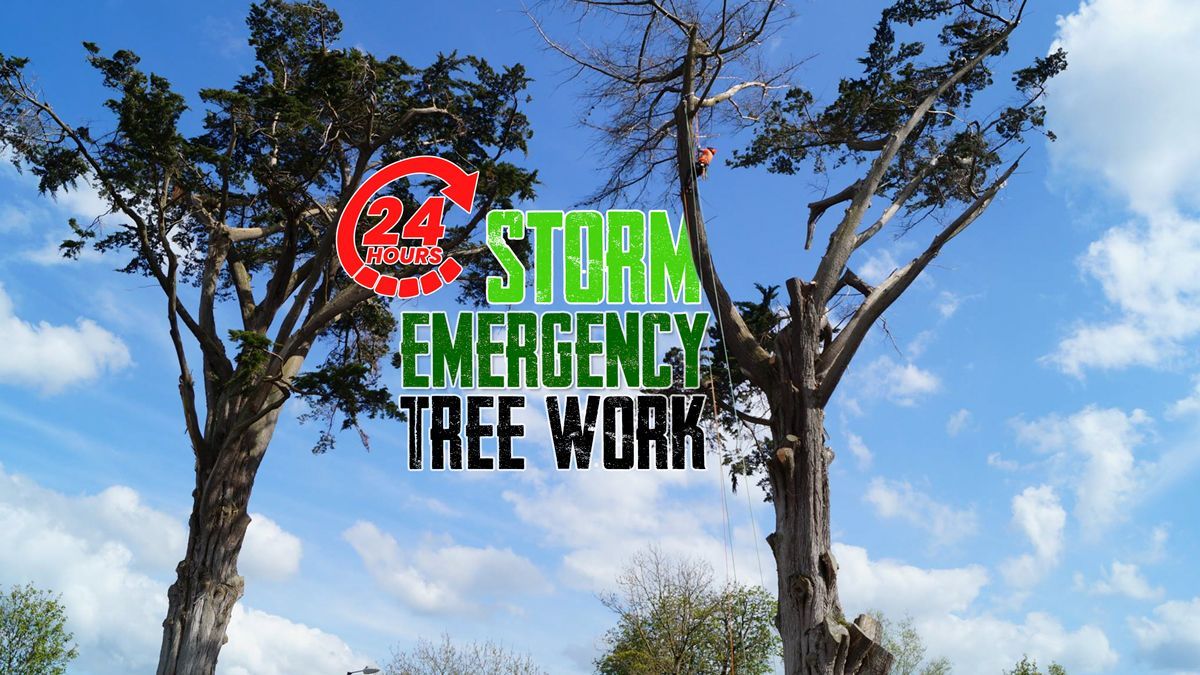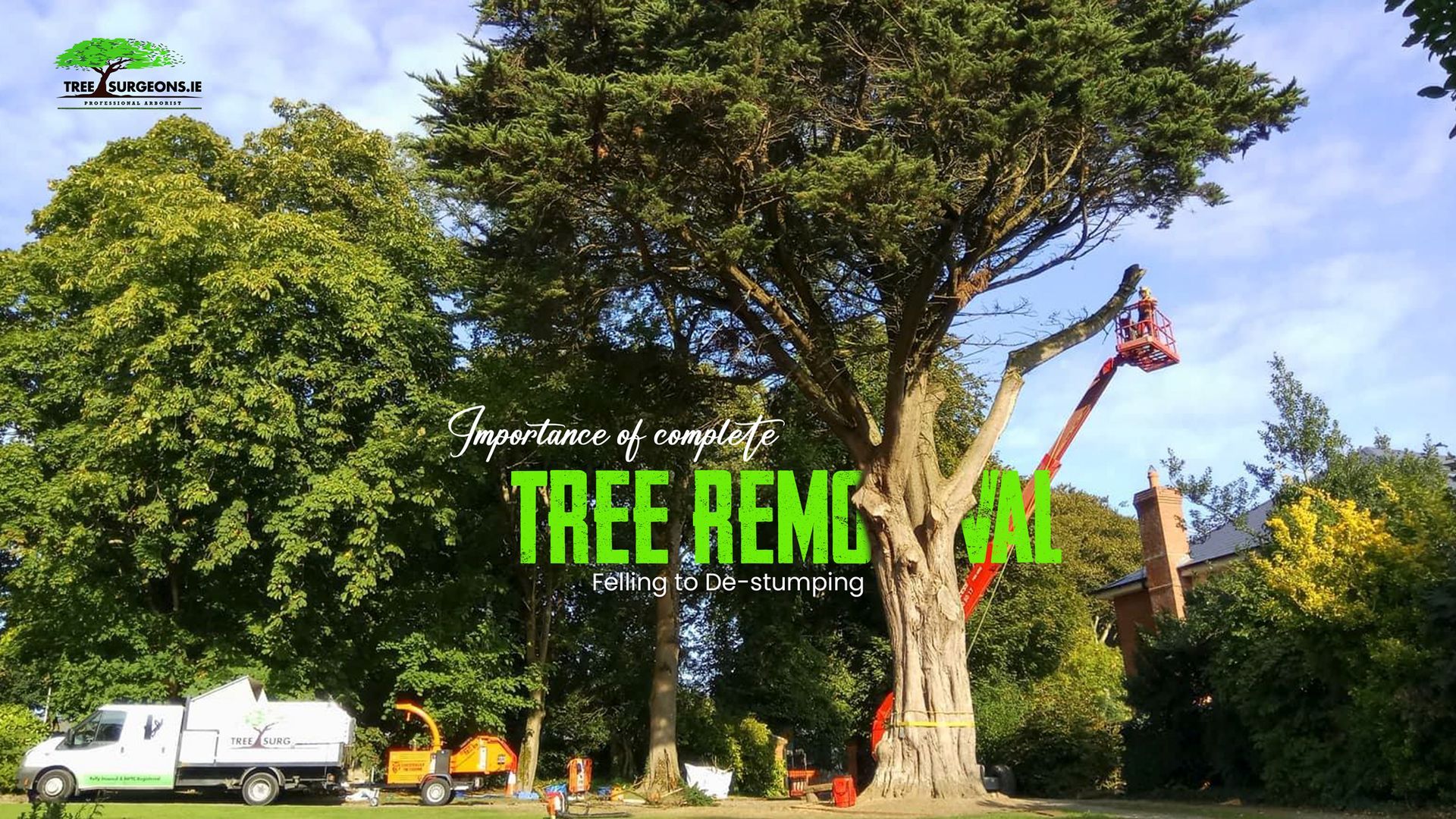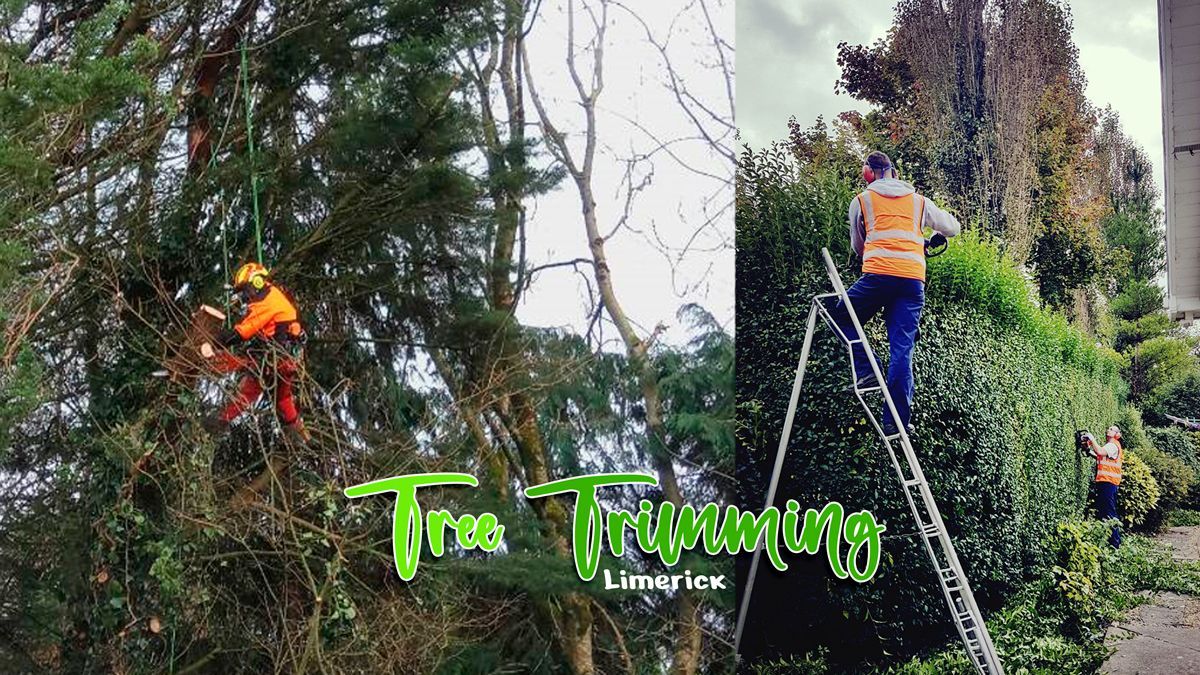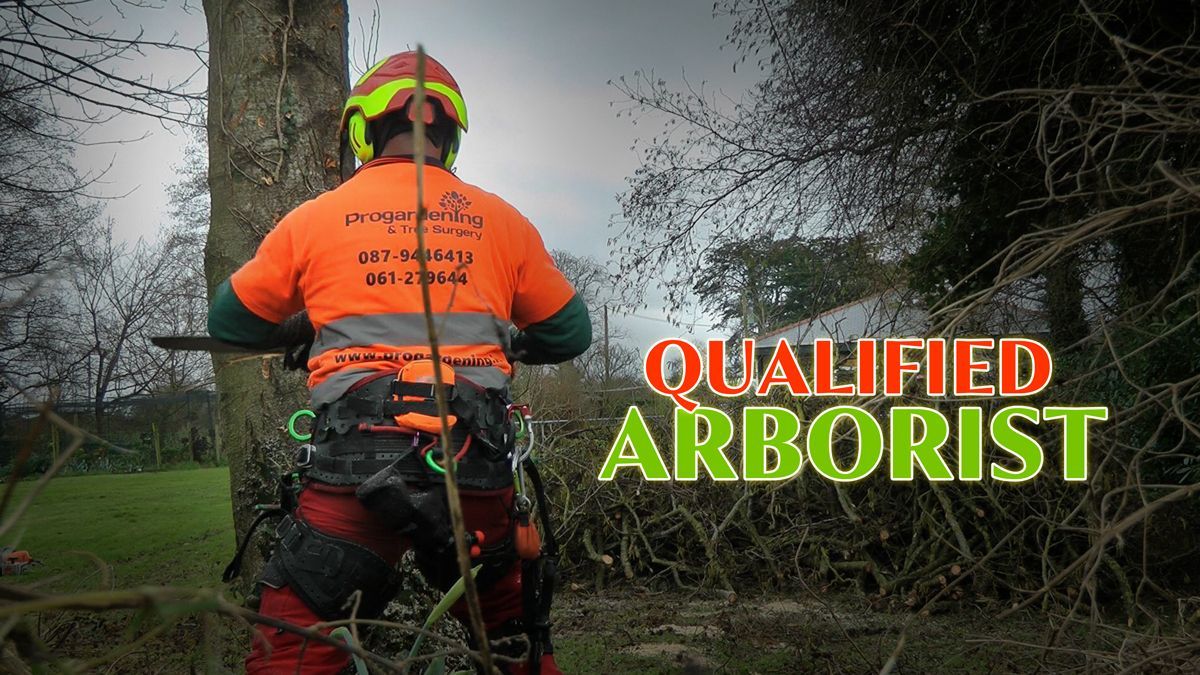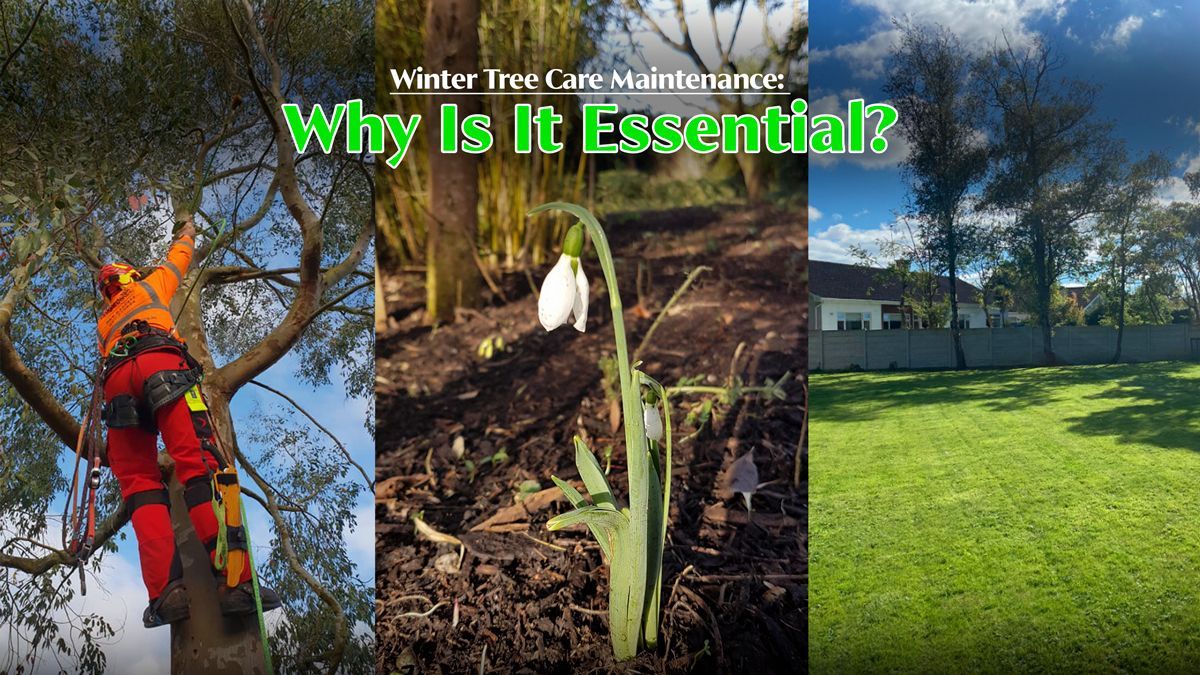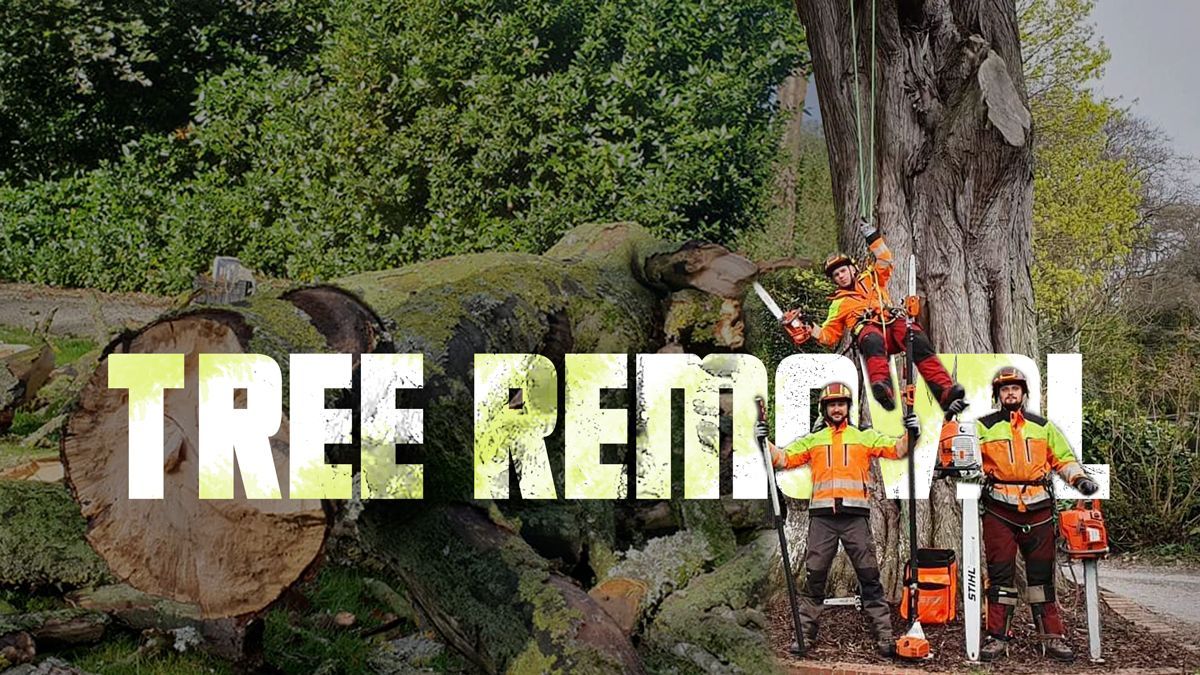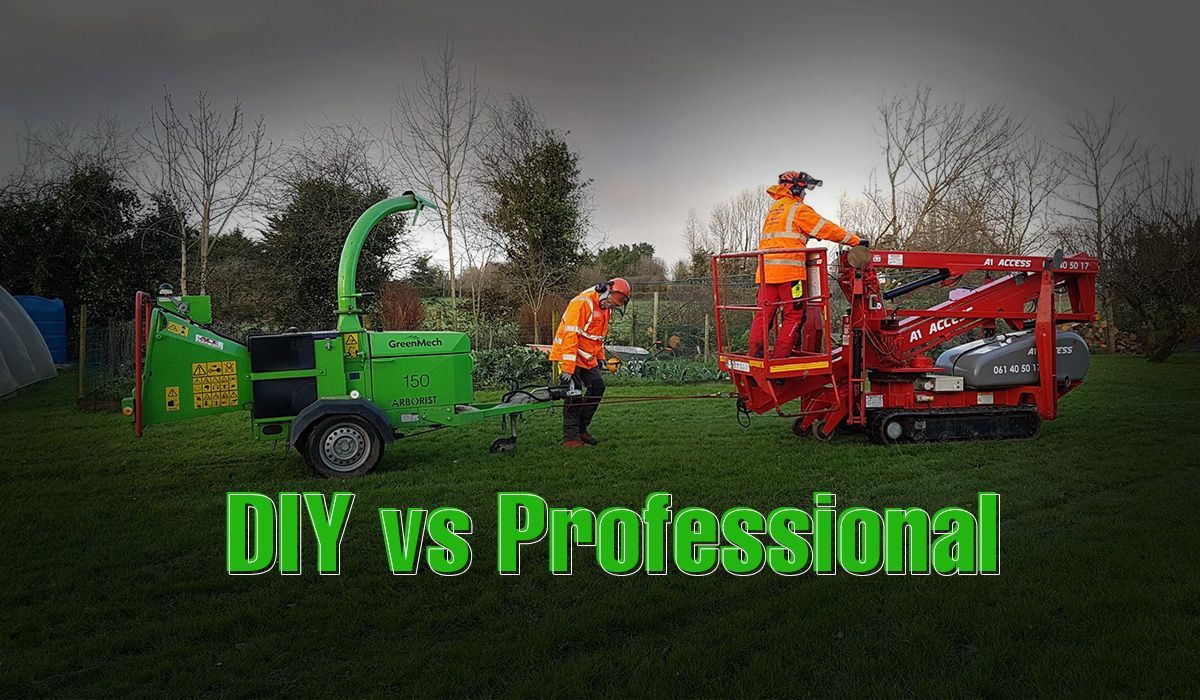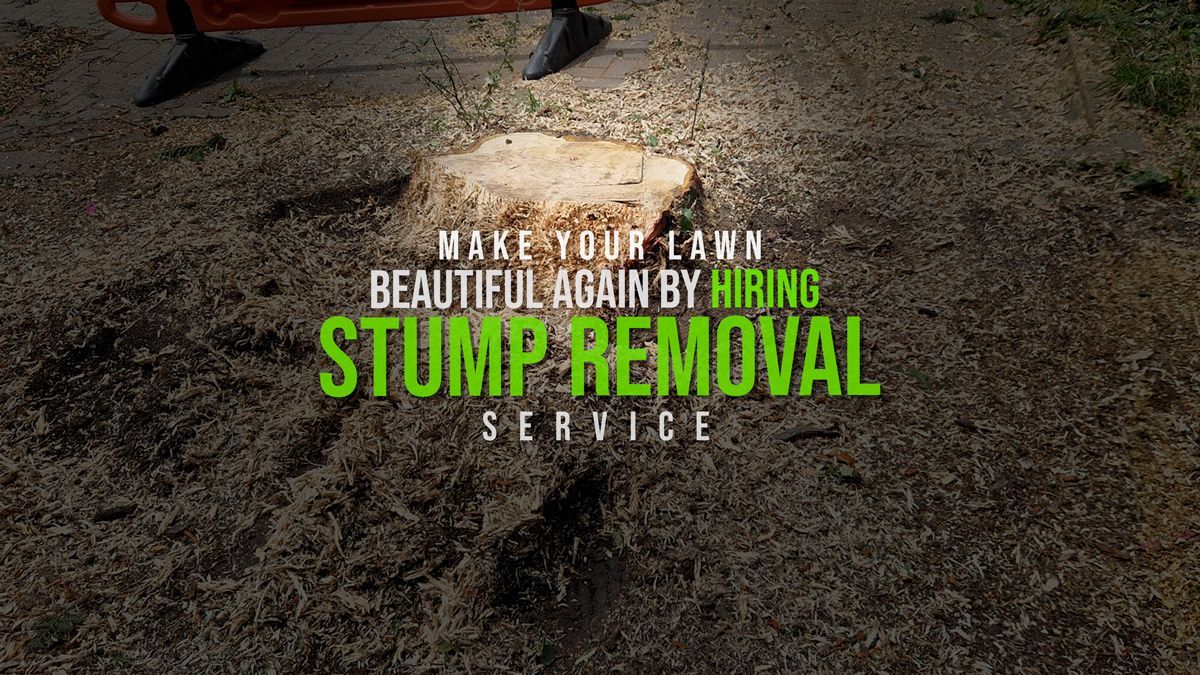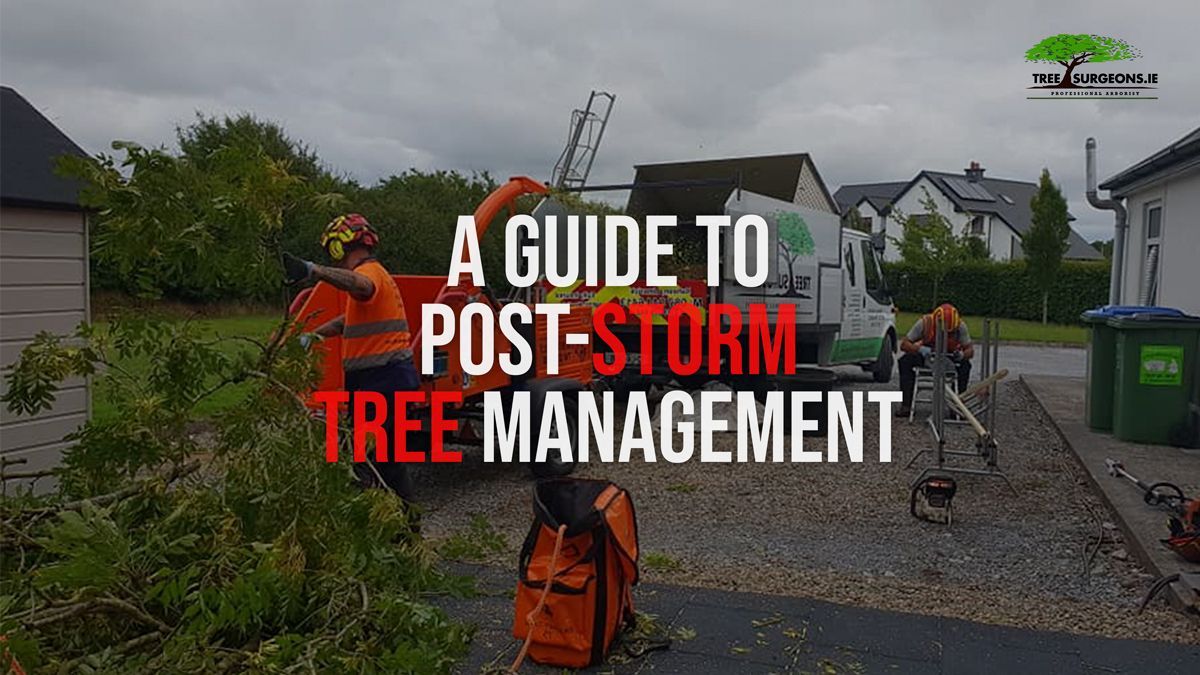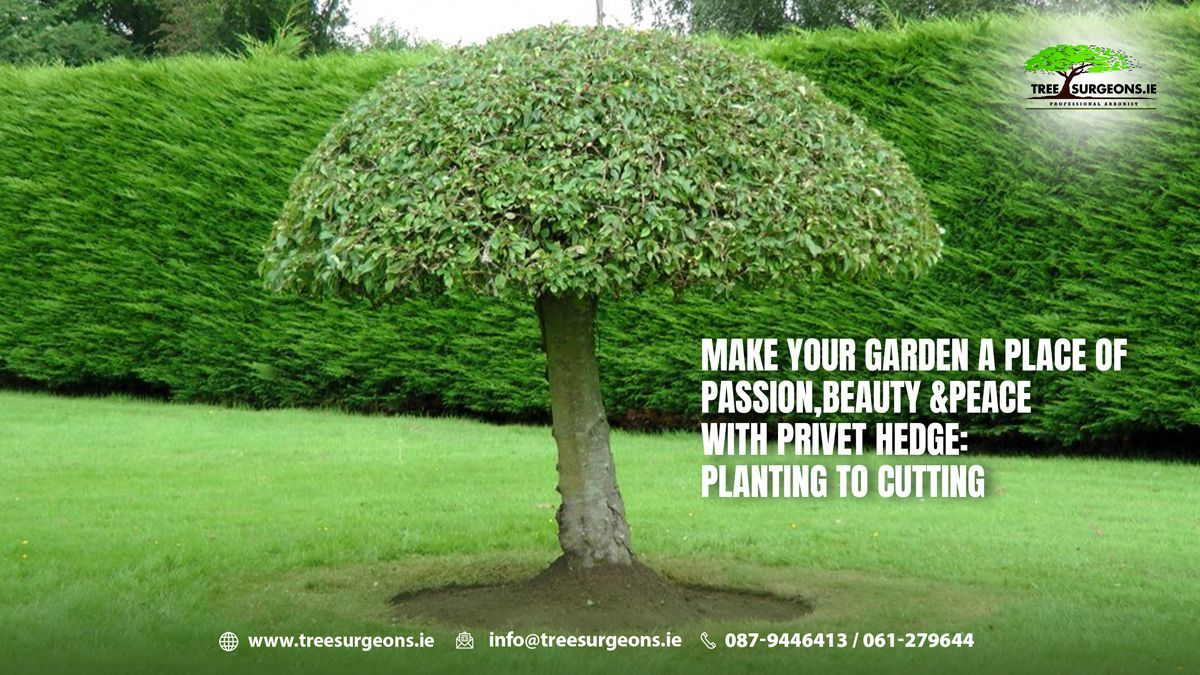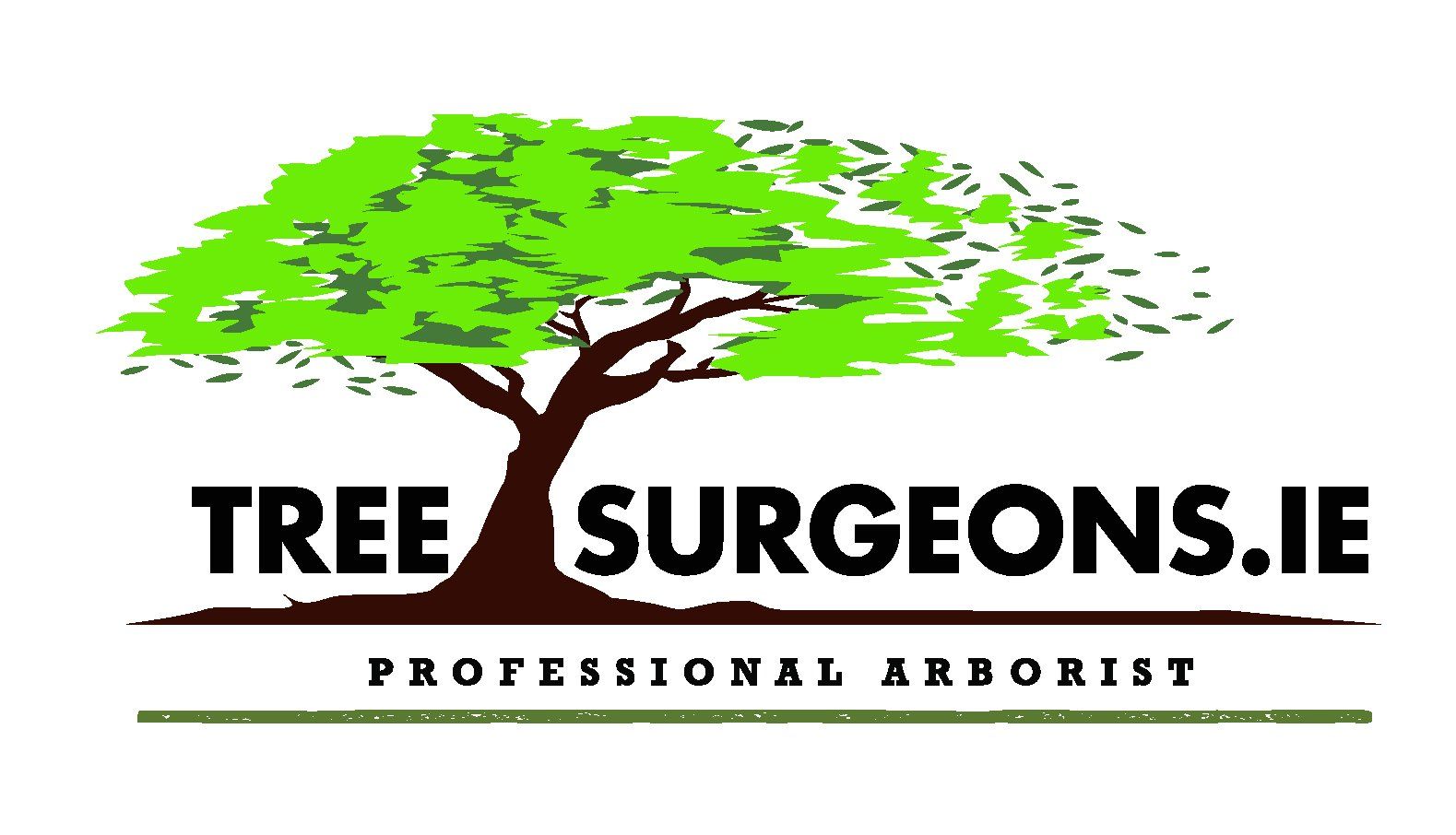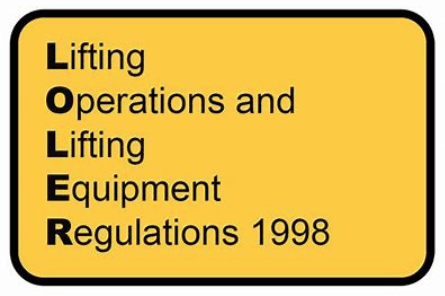Tree Crown Reduction Cost: What You Need to Know
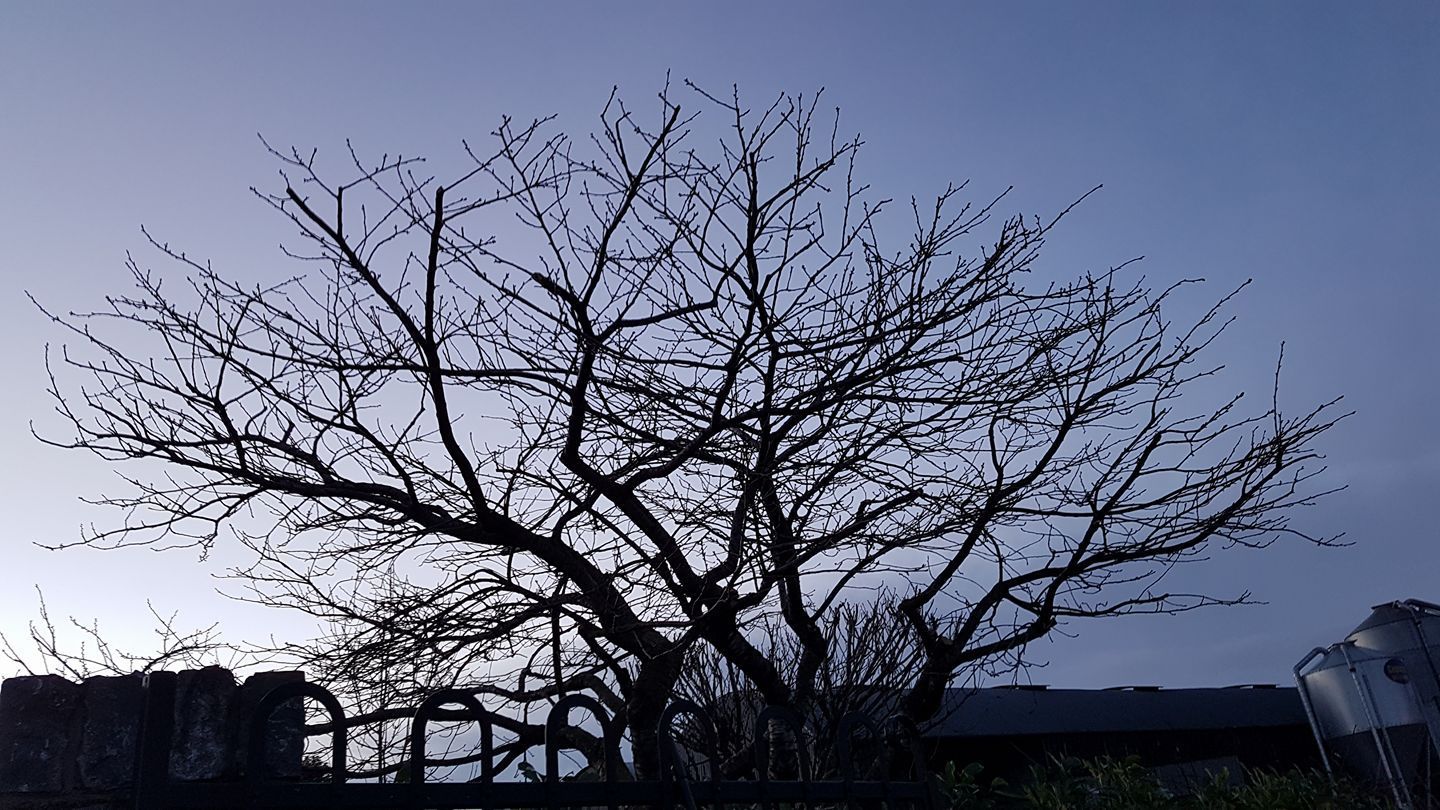
A tree crown can be dangerous if there remains dead wood or any imbalanced leaning issue. These issues can indicate that the tree is not only unhealthy but also it is at serious risk of falling. This is why Tree crown reduction should be considered as a specific pruning technique. When professionally done, it will be great at carefully decreasing the height for safer re-growth of a tree’s crown.
Before you know the average Tree crown reduction cost in Limerick, you need to know the important aspects of it. Understanding when and why tree crown reduction is necessary, and what are the common mistakes and critical factors can help you make the best decisions for your trees. Let's continue.
Tree Crown Reduction: When It Is Necessary?
Several situations need immediate crown reduction. One common reason is when a tree becomes tall or too wide for its location. This can happen when the tree is planted too close to residential buildings, power lines, or other valuable structures. In these cases, lessening the crown can prevent potential damage while promoting enlarged growth.
Another reason is tree health. Sometimes, a tree may develop many structural issues or become imbalanced. Reducing the crown can help the tree live up easily. It can also allow more light and air circulation to reach the core of the tree, which promotes enhanced overall health.
Trees that are suffering from bad disease or damage may also benefit from the crown reduction process. By removing dead or diseased branches, you can help the tree focus its life energy on healthy growth.
Why is Tree Crown Reduction Important?
Crown reduction not only enhances the shape, form and appearance of a tree but also supports its longevity. If appropriately executed, this technique can maintain the tree’s health as well as vitality. It reduces the risk of weak branches breaking during storms and lessens the likelihood of tree failure.
Furthermore, crown reduction can improve the safety aspects of public spaces. Overgrown trees may pose serious risks to pedestrians and vehicles. Reducing the crown can effectively create a safer environment and ensure that trees do not obstruct the pathways or signal lines.
The Most Common Mistakes Done By Inexpert Arborists
Although the crown reduction is advantageous, it can be mismanaged if not done in the right way. Inexperienced arborists often commit critical mistakes. One common mistake is too much pruning. Cutting back too much can lead to stress on the tree, causing poor health or even death. A tree needs a definite amount of foliage to photosynthesise and thrive.
Another fault is imperfect cutting techniques. If cuts are made incorrectly, it can leave bigger wounds on the tree. These wounds can be entry points for mites, pests and diseases. In addition, making cuts too close to the trunk or leaving stubs can harm the tree's ability to heal.
Misjudging the timing for crown reduction can also have harmful effects. Pruning during the wrong season can disrupt the tree's natural growth cycles. For instance, reducing the crown during early spring can hinder new growth. Different tree species have different growth patterns, and understanding these is critical for effective pruning.
Critical Factors To Consider For Avoiding Mistakes
To avoid common mistakes during crown reduction, planning and knowledge are essential. First, always assess the tree's species and its specific growth habits before making any cuts. Each species has different needs and responses to pruning. Understanding these can help ensure the tree continues to thrive.
Secondly, consult with a trained, certified arborist near you. Experienced professionals can evaluate the tree's health and determine the most suitable approach for crown reduction. They can also provide useful guidance on the right techniques and timing. A professional will know better how to minimise stress and promote healing.
Thirdly, observe the tree's unique growth pattern. Instead of making extreme cuts, focus on making small reductions multiple times. Gradual pruning allows the tree to flexibly adapt and reduces the risk of shock. Go for a reduction that is not more than 20-30% of the total crown size in a single season.
The fourth point is- to use appropriate tools and techniques. Ensure your tools are sharp enough before starting the work. This will minimise the risk of bad infection and help create smooth cuts that heal fast. While making cuts, always cut at a slight angle and just above a growth bud or lateral branch. This promotes healthy regrowth.
Lastly, always follow up after crown reduction. Monitor the tree for any critical signs of distress or disease. Early detection of such problems can stop larger issues later on. If you see any abnormal changes, quickly consult a professional for advice.
The Conclusion: Who to hire?
Tree crown reduction is a valuable technique that supports the health and safety of trees. Recognising when and why it is needed is a critical first step. Be conscious of common mistakes that inexpert arborists often make, and take time to educate yourself on the best practices at the most reasonable price.
By following the right steps and consulting with professionals of Tree Surgeons & Pro Gardening, you can ensure that your trees remain healthy and beautiful for years to come. Proper tree care is a valuable investment for the beauty and safety of your landscape. The cost you pay will give you long-term benefits for sure. Contact them soon and also try for Tree Topping in Limerick.

